New MacBook case leaks question FireWire's future
Clearer, more detailed leaks of Apple's next-generation MacBook and MacBook Pro cases have surfaced and reveal that Apple's once-preferred FireWire may be on the way out for its entry-level system.
On the MacBook Pro, this includes the new through-the-tray keyboard layout, a latch-free magnetic lid, and redesigned speaker grilles that help bring its design into line with the more modern MacBook and MacBook Air.
The new standard MacBook undergoes a less dramatic change but again makes its promised switch to aluminum.
Both new units, however, are now known to have had their number of ports reduced versus today's models. The 15-inch MacBook Pro is now believed to have lost full DVI and FireWire 400 as revealed by a source of AppleInsider's last month.
Instead, the high-end notebook now has a mini-DVI connector for video output and just one FireWire 800 connector — a partial regression back to the original 15-inch MacBook Pro, which had a solitary FireWire 400 port before it received FireWire 800 several months later. A covered-up section at the front-left corner has yet to be explained.
MacBook Pro casing.
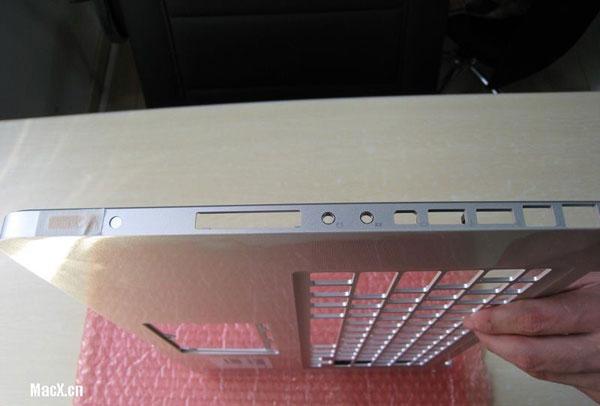
MacBook Pro ports (L to R): ExpressCard/34, audio in/out, mini-DVI, two USB, FireWire 800, Ethernet.
The standard MacBook, however, may prove more worrisome for some prospective owners. The metal design only shows Ethernet, two USB ports, mini-DVI and audio as its expansion; FireWire 400 isn't visible anywhere in the available photos.
Removing the port gives Apple its first consumer-level portable without FireWire since the earliest versions of the first-generation iBook and represents a step back for Apple from the connection standard it helped create. A cursory look at the casing suggests space is the reason, though the new MacBook doesn't appear significantly smaller than its current plastic equivalent.
Technological change does favor Apple's move. While FireWire was originally added and maintained on Apple's more inexpensive portables to simplify connecting digital video cameras and eventually earlier iPod generations, more modern camcorders (including HD models), iPods and iPhones now depend chiefly on USB for a direct-to-computer file transfer.
Still, the new casing — if reflective of what Apple introduces on Tuesday — may spur a negative reaction from both video and audio professionals looking to use the smaller MacBook as a more portable editing platform than the larger and more expensive 15-inch pro unit.
 Katie Marsal
Katie Marsal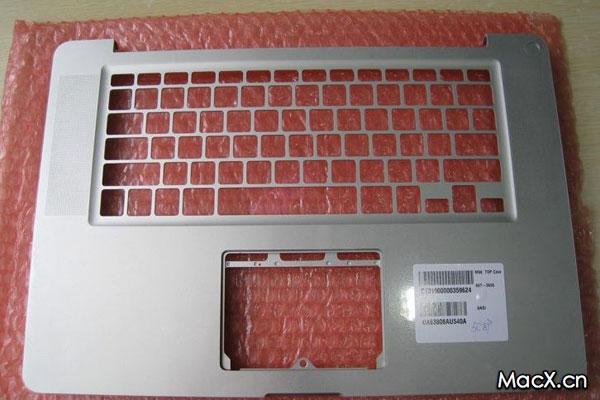
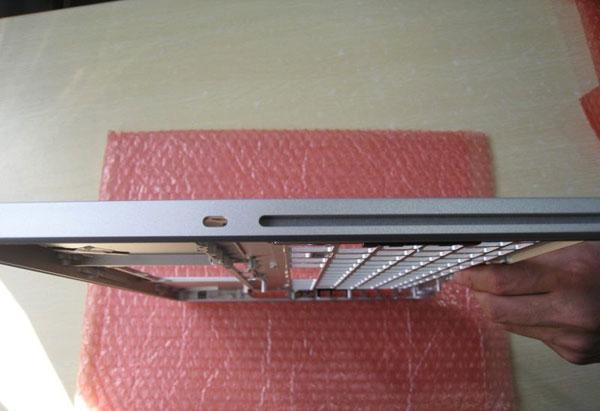
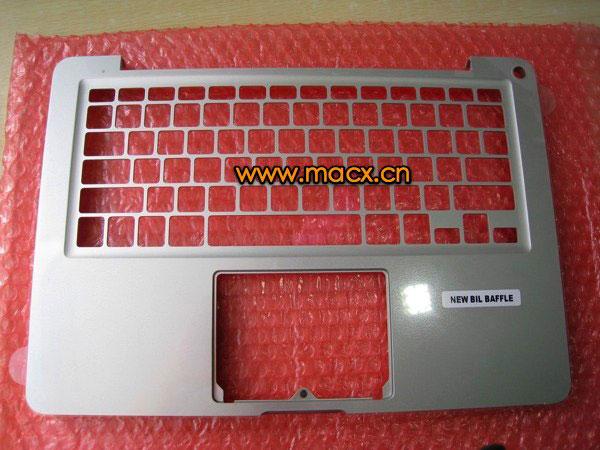
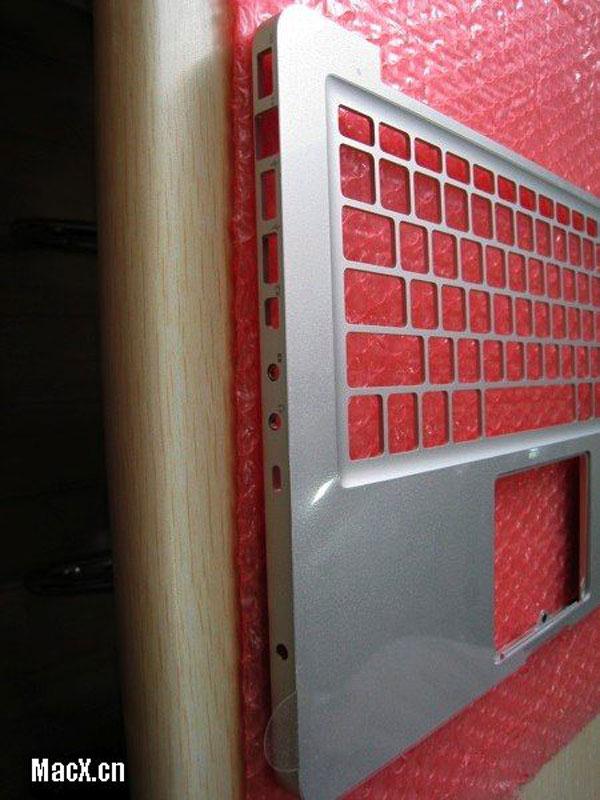
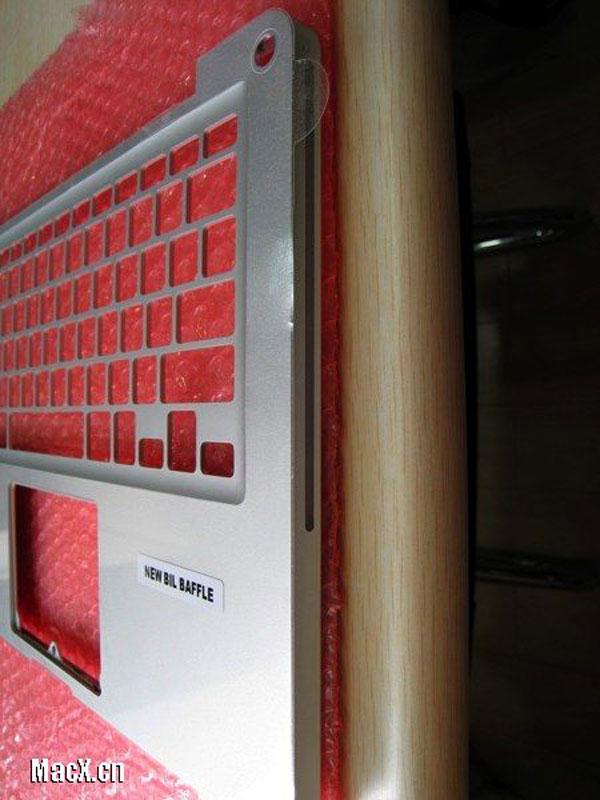

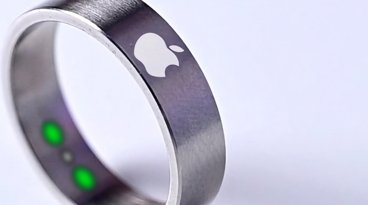



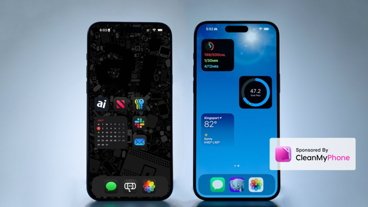

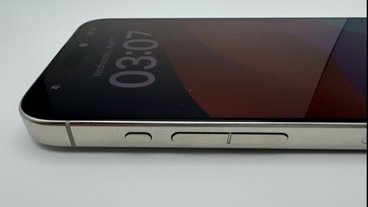

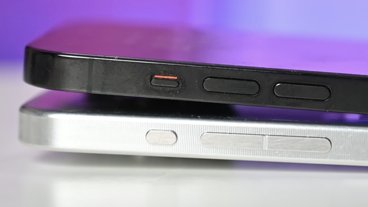



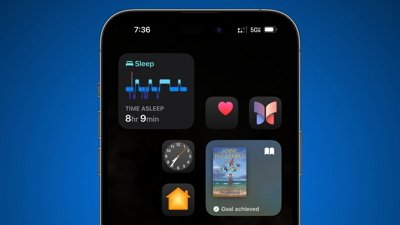
 Amber Neely
Amber Neely
 Thomas Sibilly
Thomas Sibilly
 AppleInsider Staff
AppleInsider Staff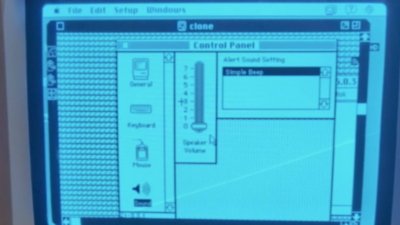
 William Gallagher
William Gallagher
 Malcolm Owen
Malcolm Owen
 Christine McKee
Christine McKee
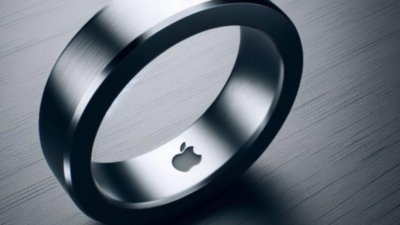
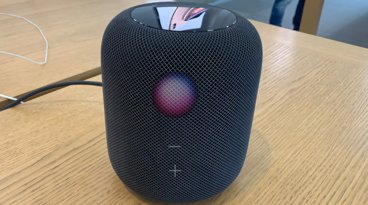
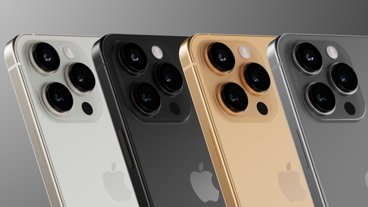

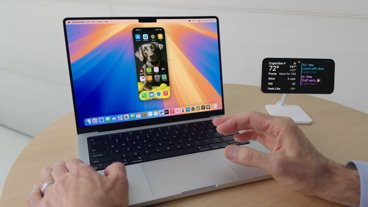

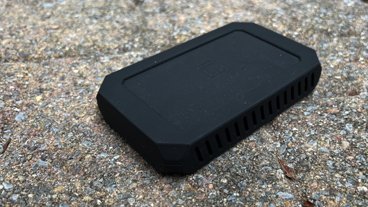


321 Comments
I don't know if anyone has brought this up before but does anyone think Apple will incorporate Wireless USB? It seems a good way to make up for limited physical ports. And I believe the standard was pushed by Intel, so it seems a good way to make up to them if Apple went with nVidia chipsets. Apple was one of the first out of the gate and drove adoption for USB and 802.11b, so it seems fitting that they do the same for Wireless USB.
And the lack of Firewire is disconcerting especially after the recent promotion of Firewire 3200. If they are just cutting Firewire out, why do they even bother supporting Firewire 3200 development? I guess Firewire still sees military applications though.
I'm hoping that the tape on the port indicates that these are still an early design and some changes will be made compared to the final production model.
Still, the new casing -- if reflective of what Apple introduces on Tuesday -- may spur a negative reaction from both video and audio professionals looking to use the smaller MacBook as a more portable editing platform than the larger and more expensive 15-inch pro unit.
Precisely. Unless the 15" MacBook Pro is going to start at $1299, the cost of having a portable system for on the road editing just increased significantly since the 13" MacBook will no longer be an option. What makes this even more frustrating is that the Macbook will finally have dedicated graphics, which would have significantly improved Final Cut Studio performance.
I for one am worried about being unable to use the computers in target disk mode, it's so insanely useful it's not even funny. Unless Apple provides similar functionality via USB it's one thing I'm going to miss greatly.
What can you see of the icon labels on the MacBook ports if the image is blown up? Can we be sure what's being called a mini-DVI port on the MB and MBP isn't actually for a B-type USB receptacle, which would enable a USB-based target disk mode?
I can understand going only with a FW800 port (and possibly including a FW400 adapter)on the MBP, but why on earth would they drop FireWire completely from the MacBook?